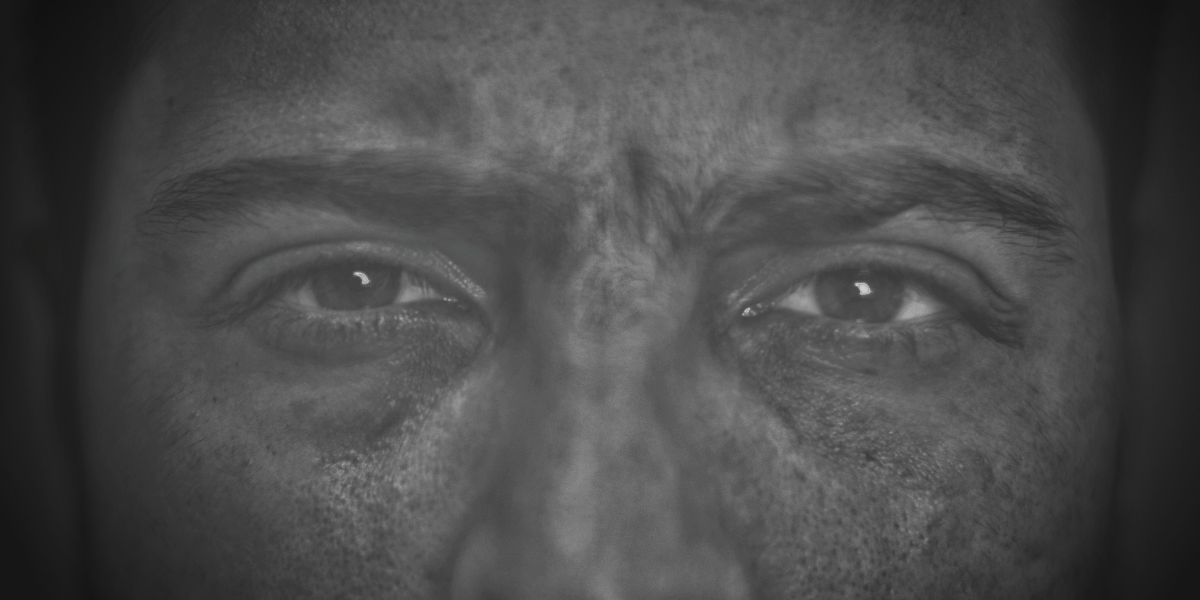This Person Does Not Exist: The Creepy Fake Person Generator
This Person Does Not Exist is a computer-generated website, is a glimpse at what is going to happen once deep fake technology is infused into our lives.
The scenario?
Imagine that you were in love with someone you’d only seen in a photograph, but they didn’t exist. Or, what if you were using a popular job search site and viewed the image of someone you had scheduled an interview with, but they didn’t exist either.
Worse, what if a world leader tried to start a world war through a video message. If you don’t think this could happen, think again, and get ready for GAN technology. We will show you how to view it, what it is comprised of, and what it means for you!
What Is GAN and How Does It Relate to Deep Fake Technology?
While both of the above scenarios might sound straight out of a creepy sci-fi flick, they’re not. Instead, each is prospects we are facing as A.I. (Artificial Intelligence) technology becomes more and more advanced. Generative Adversarial Networks (GAN’s) use computerized deep neural networks.
They work together but in opposition (hence “adversarial”) to outsmart one another. By doing so, they create images which could easily be mistaken as real-life photographs. They are part of what is known as artificial intelligence.
The website This Person Does Not Exist is based on faces developed by neural networks. While the face that appears might look like your neighbor, college friend, or a stranger you have yet to meet, they are not real people. As disturbing as it is, all of the images on the site are A.I. or GAN created.
The website was created by Philip Wang (a software engineer for Uber), who wants the public to understand what GAN’s can develop. At the bottom right-hand side of the page, you will see links about GAN technology and an option to reload the page with a new image. When the page reloads, an algorithm creates and generates a distinct image.
While Wang set up the page, equal acclaim should go to code which allows these computer-generated images. This unique human replicating code was written by Nvidia and talked about in a peer-reviewed article.
According to arXiv.org:
The new generator improves the state-of-the-art in terms of traditional distribution quality metrics, leads to demonstrably better interpolation properties, and also better disentangles the latent factors of variation. To quantify interpolation quality and disentanglement, we propose two new, automated methods that apply to any generator architecture.
While GAN’s require coding, for now, the goal is that A.I. will take over and they will be wholly automated and make 3D images.
Those who are naysayers of A.I. or deep fake gains may worry that the technology could start wars, be used to frame people for a crime they didn’t commit (or in a porn appearance) push fake news, and much more.
Only time will tell what happens, but in the meantime, enjoy This Person Does Not Exist and if you’re worried where your face or images are being misused, go to Berify. Protecting your image privacy happens a click and a search at a time.




